The Critical Role of Safety and Emergency Response Systems on Offshore Oil Rigs
Offshore oil rigs are sophisticated buildings located in distant places that face difficult environmental conditions as well as potential safety issues. The protection of workers and the environment is critical in the oil and gas business. Offshore oil rigs are outfitted with sophisticated Safety and Emergency Response Systems (SERS) that detect, respond to, and mitigate numerous threats. This article explores the critical role of SERS in safeguarding offshore oil rig operations and the advancements in technology that contribute to a safer working environment.
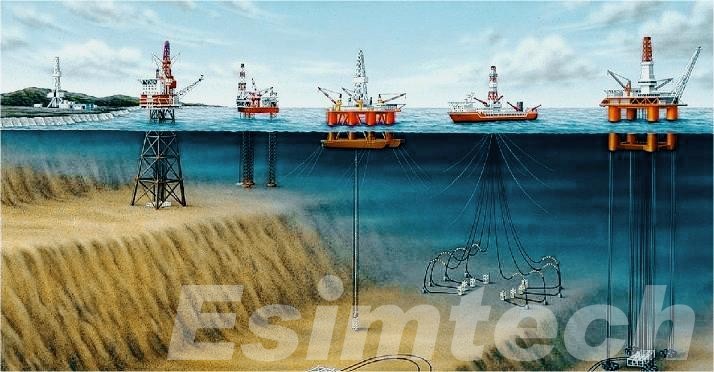
Key Components of Safety and Emergency Response Systems on Offshore Oil Rigs
1. Fire and Gas Detection Systems
Offshore oil rigs are vulnerable to fire and gas leakage. Flame detectors and gas sensors, among other advanced detection systems, continuously monitor the surroundings for potential risks. In the event of a detected anomaly, these systems trigger alarms and activate emergency response protocols.
2. Emergency Shutdown Systems (ESD)
ESD systems play a crucial role in shutting down critical processes quickly in the event of an emergency. These systems are designed to prevent the escalation of incidents and ensure the safety of personnel and assets.
3. Personal Safety Equipment
Fire-resistant clothes, life jackets, and breathing apparatus are provided to offshore workers as part of their personal safety equipment. Training programs guarantee that people are comfortable using this technology in an emergency.
4. Communication Systems
During an emergency, effective communication is critical. Offshore rigs are outfitted with powerful communication equipment, such as two-way radios and satellite communication, to help crew members coordinate with onshore emergency response teams.
5. Weather Monitoring and Forecasting
Offshore operations are vulnerable to harsh weather. Advanced weather monitoring systems give real-time weather data, allowing rig operators to make informed judgments and take preventive measures to protect personnel and equipment.
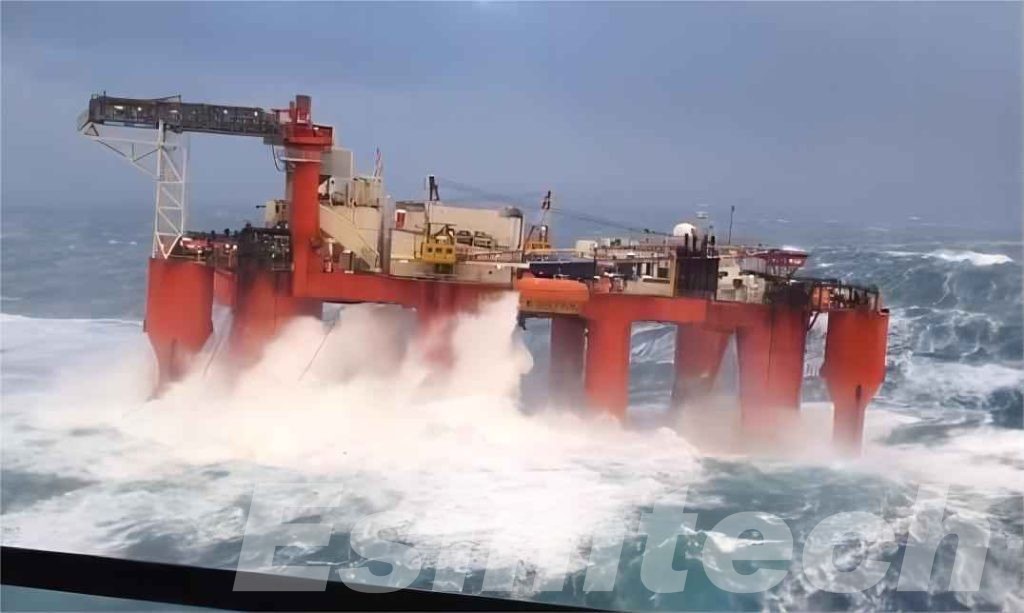
6. Helideck and Marine Evacuation Systems
Offshore rigs frequently incorporate helidecks for fast evacuation in the event of an emergency. Additionally, marine evacuation systems, such as lifeboats and life rafts, are strategically positioned for a swift response in the event of a need to abandon the platform.
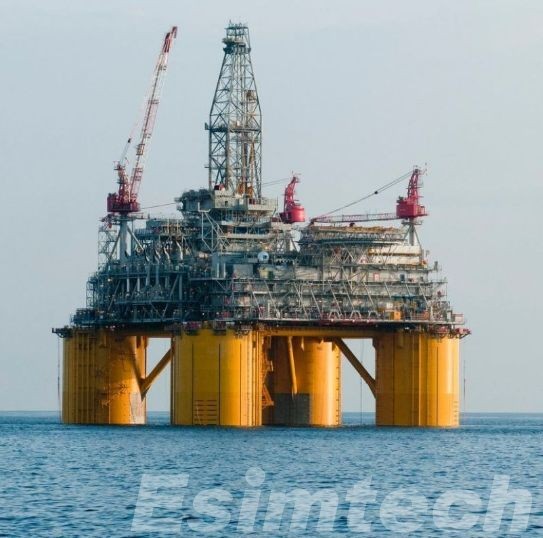
Technical Advancements in Safety and Emergency Response Systems on Offshore Oil Rigs
1. Real-time Monitoring and IoT Integration
Internet of Things (IoT) devices and sensors are used on offshore rigs to monitor environmental conditions, equipment status, and worker safety in real-time.
Continuous data streams allow for fast response to possible dangers and assist with predictive maintenance operations.
2. Machine Learning for Predictive Analytics
Machine learning algorithms use previous data to forecast prospective problems before they happen.
Predictive analytics can detect patterns that indicate equipment breakdown or harmful circumstances, allowing for early action.
3. Smart Personal Protective Equipment (PPE)
Sensors in wearable devices, such as smart helmets and vests, monitor vital signs and alert exposure to hazardous conditions.
Smart PPE improves worker safety and provides emergency response teams with real-time data.
4. Autonomous Vehicles and Drones
Autonomous vehicles and drones outfitted with cameras and sensors are used to assess equipment, structures, and potential emergency situations in a timely and safe manner.
Drones can access difficult-to-reach areas, providing real-time visuals during emergencies.
5. Augmented Reality (AR) and Virtual Reality (VR) Training
AR and VR technologies are employed for immersive training scenarios, allowing personnel to simulate emergency response procedures.
AR overlays provide real-time information and guidance during crisis situations, enhancing situational awareness.
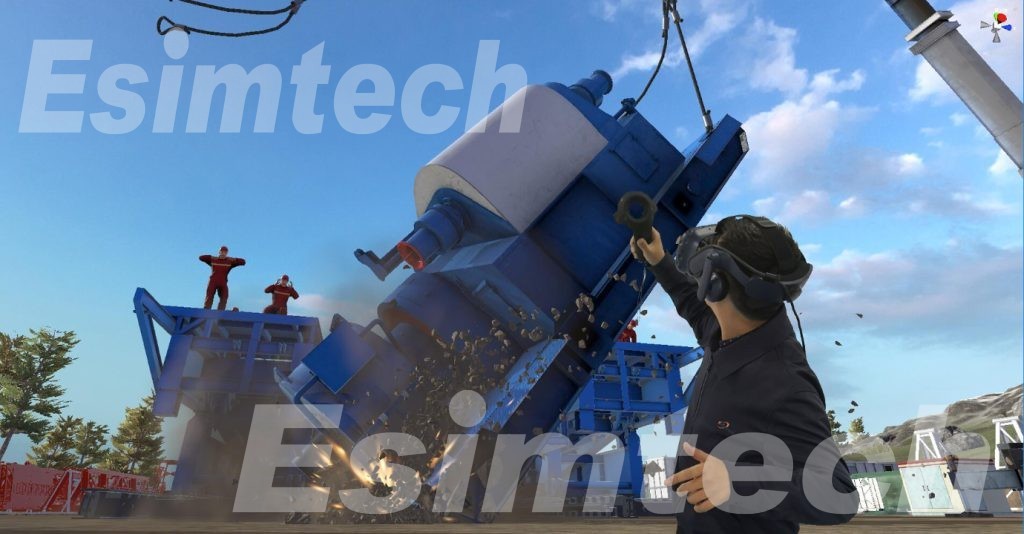
6. Remote Monitoring and Control Centers
Offshore operations can be monitored remotely from control centers onshore.
Remote control capabilities allow for immediate responses to emergencies without the need for physical presence on the rig.
7. Biometric Monitoring and Health Wearables
Biometric monitoring systems track the health and well-being of personnel through wearables.
Early detection of stress, fatigue, or health emergencies prompts timely interventions.
8. Weather Forecasting and Early Warning Systems
Advanced weather forecasting technologies provide precise predictions of inclement weather.
Early warning systems inform personnel automatically to probable weather-related emergencies, allowing for timely evacuation or preventative steps.
9. Blockchain for Secure Data Management
Blockchain technology is employed to secure critical data related to emergency response procedures, communication, and incident documentation.
Decentralized and immutable data storage enhances data integrity and security.
10. Simultaneous Operations (SIMOPS) Management Systems
SIMOPS systems make it possible to coordinate several operations on the rig at the same time while preserving safety.
Concurrent operations are safer when advanced scheduling techniques and real-time monitoring are used.
11. Predictive Maintenance Technologies
Predictive maintenance systems use data analytics to anticipate equipment breakdowns.
Maintenance performed on time decreases the likelihood of an emergency caused by equipment malfunction.
12. Enhanced Evacuation Systems
Evacuation systems are equipped with advanced technologies, such as smart signage and automated guidance systems.
During evacuations, real-time tracking of personnel ensures that everyone arrives at specified safe places.
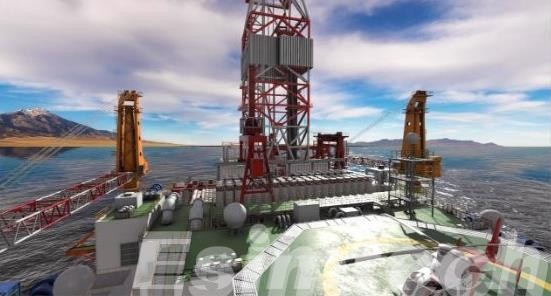
Conclusion
Offshore oil rig operations rely on safety and emergency response systems to protect both human life and the environment. As technology advances, the integration of cutting-edge systems and tools increases the industry’s ability to respond to catastrophes effectively. The commitment to continual development in oil and gas safety measures ensures that offshore rigs remain at the forefront of integrating the most recent innovations to reduce hazards and safeguard the well-being of individuals working in this hazardous environment.
